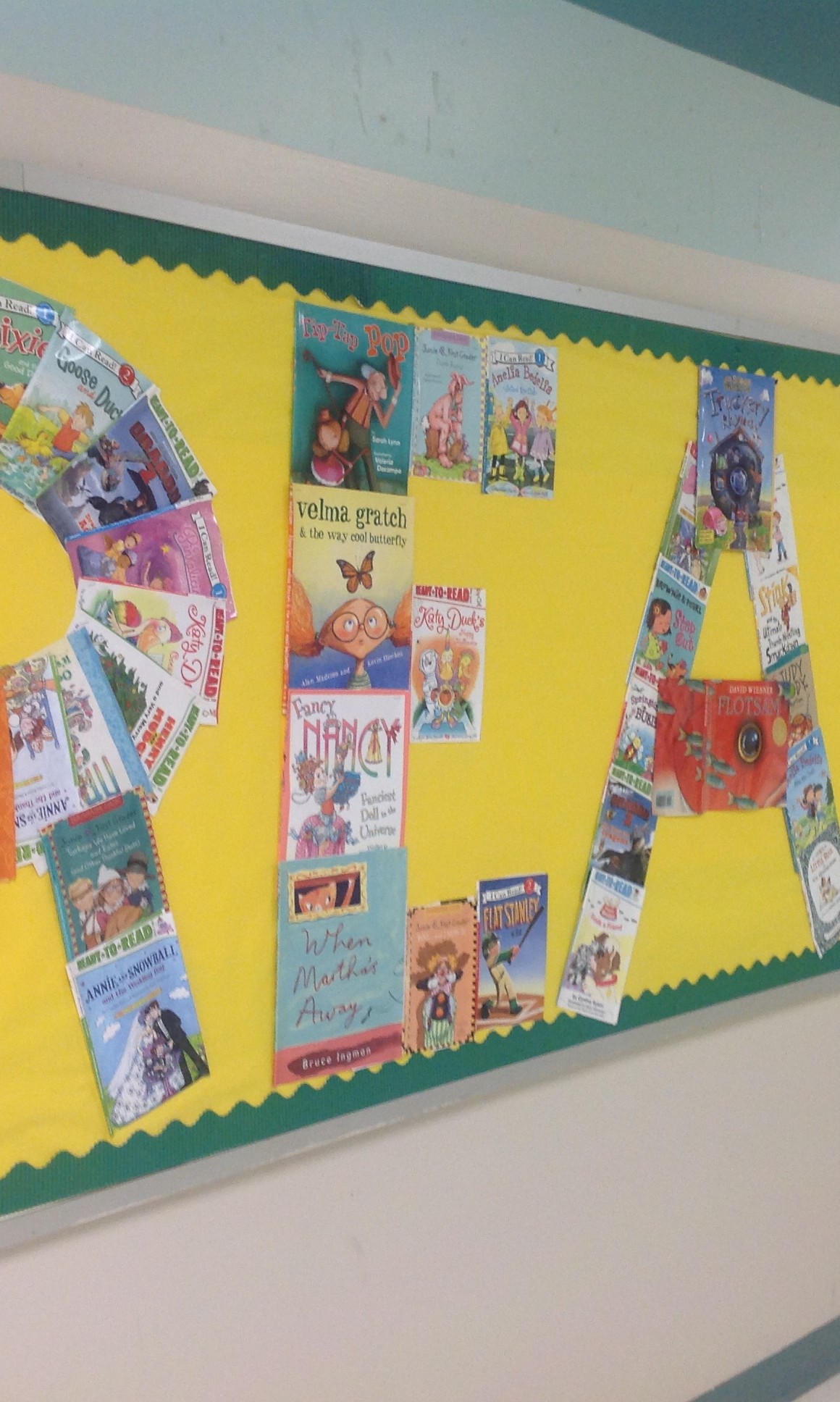Bloom‘s Evergreen
In this digital era of unlimited information, students demand much more than traditional book learning to succeed in their academic school life. Prensky advocates that while the Digital Native is the present in today’s classrooms, we teachers can be hampered by our educational experience.
In the past rote memorization played a pivotal role in classroom instruction. That worked in the 1950’s model, but technology made that skill benign. We are educating managers, not calculators. I dare say that with today’s advances in the tech world, we will soon not check out our own groceries but be scanned as we walk out the door. What our students now need as far as Bloom’s Digital Taxonomy is concerned is expertise in implementation using the digital tools that are available.
In my library I find that I am often a few steps behind my students in knowing the hot apps and new educational computer programs. Yesterday, in fact, several students requested access to a program that I had not heard of. I had to investigate and review quickly. I run a makerspace rotation in the library. Through the use of Google +, Pinterest, various podcasts, Vlogs, and my favorite: YouTube, I have been able to engage my students on their digital plane. They believe that computer access is their right, not a privilege. I am in my 50’s and my children were raised with in house computers, so I was brought into the digital age whether I wanted to come or not. I am amazed at how readily students take to technology and I am excited by the creativity that ensues. The struggle today is to construct lessons that fully incorporate technology to enhance student progress.
Digital Native’s challenge and inform our decisions as librarians on how we spend our schools resources. Books are now just a part of the library experience. The Library Commons can be used for so many things now. Makerspaces have added and additional arena in which students can: design, critique, implement, infer, and identity. The message is the same, but the tools are different.
In conclusion, the body of information that we call education is evolving at an exponential rate. Our job is to attempt to keep up and occasionally leap ahead. I know I have been changed due to my love of YouTube instruction. Mark Prensky’s presentation was the most readily absorbed lesson due to my ease with YouTube platform. This old dog likes her new tricks.


Comments are closed.